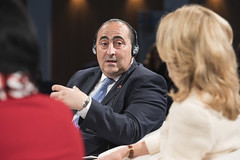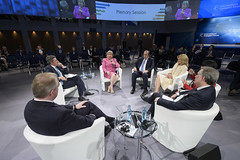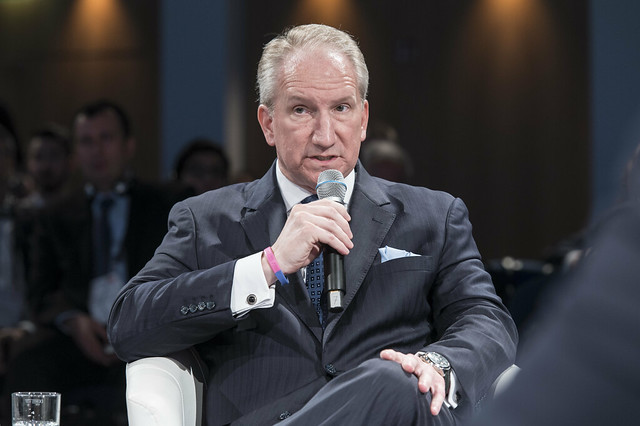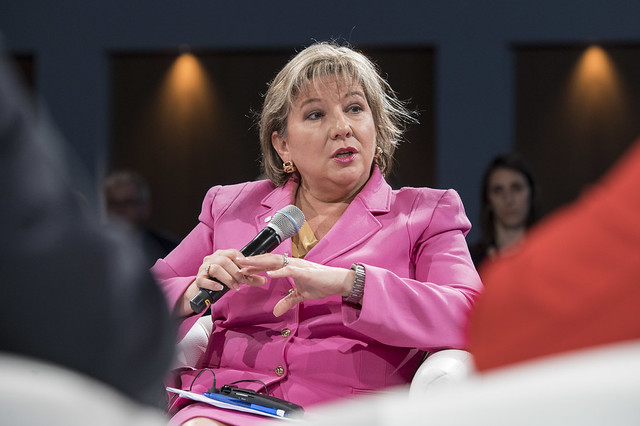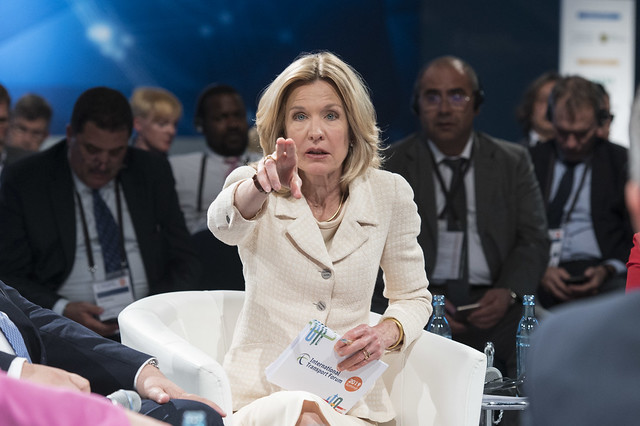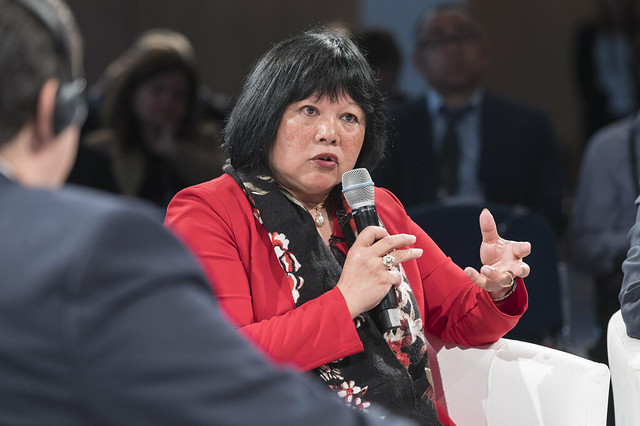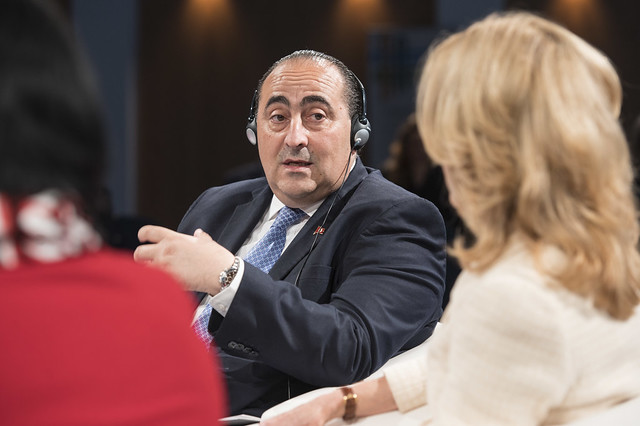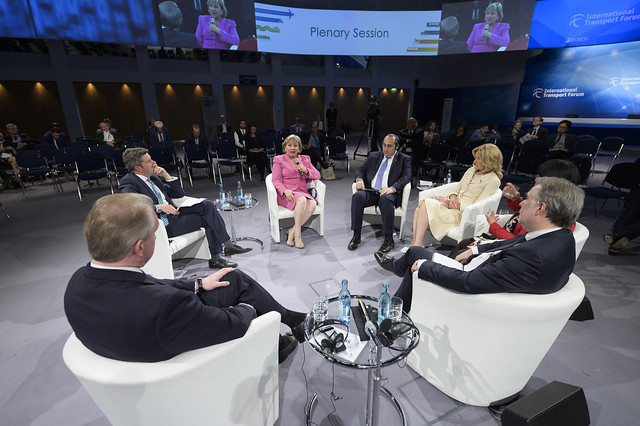The multitude of free trade agreements and improved connectivity in information technology have increased global and regional economic integration over the past few decades. As a result, production flows have become increasingly dependent on global and regional value chains, yet most infrastructure investments remain domestic. There is a growing need for cross-border infrastructure, which could be “soft”, such as improved coordination between customs, or “hard”, which includes improved physical connectivity of transport links, such as cross-border roads and railways. This session will focus on the positive impact of improved cross-border connectivity on trade, the challenges of cross-border infrastructure projects and lessons learned.
Key facts:
- Improvements in border crossing time will increase the overall traffic flow passing through Central Asia by 11% for road and 2% for rail by 2050 (ITF, in press)
- Asia Pacific Economic Cooperation (APEC) trade would increase by 7.5%, if all APEC countries reach regional average of customs efficiency (Helble et al., 2009)
- Full implementation of the World Trade Organization’s (WTO) Trade Facilitation Agreement (TFA) would reduce trade costs by an average of 14.3% and boost global trade by up to $1 trillion per year (WTO, 2015)
- A direct transportation link with trading partners more than doubles trade and tourism flows (Helble, 2014)
Lead questions:
- How can the link between trade facilitation and trade flows be fostered through improved connectivity?
- Better border management will require better coordination, collaboration and connectivity. What are some of the existing border control strategies that have successfully incorporated such a collaborative approach?
- What are some of the greatest trade facilitation challenges?
- In what ways will new technologies facilitate border crossing and foster connectivity?
- Logistics centers at border crossing points provide crucial services to accommodate growing freight flows. How can such infrastructure help foster connectivity across borders?
Background reading:
- ITF (in press) Enhancing Connectivity and Freight in Central Asia. OECD, International Transport Forum.
- Helble, M., B. Shepherd, and J. S. Wilson. (2007) Transparency and Trade Facilitation in the Asia-Pacific: Estimating the Gains from Reform, APEC and The World Bank Development Research Group.
- WTO (2015) World Trade Report 2015. Speeding up trade: benefits and challenges of implementing the WTO Trade Facilitation Agreement. World Trade Organization (WTO).
- Helble, Matthias. (2014) The Pacific's Connectivity and Its Trade Implications, ADBI Working Paper 499.













